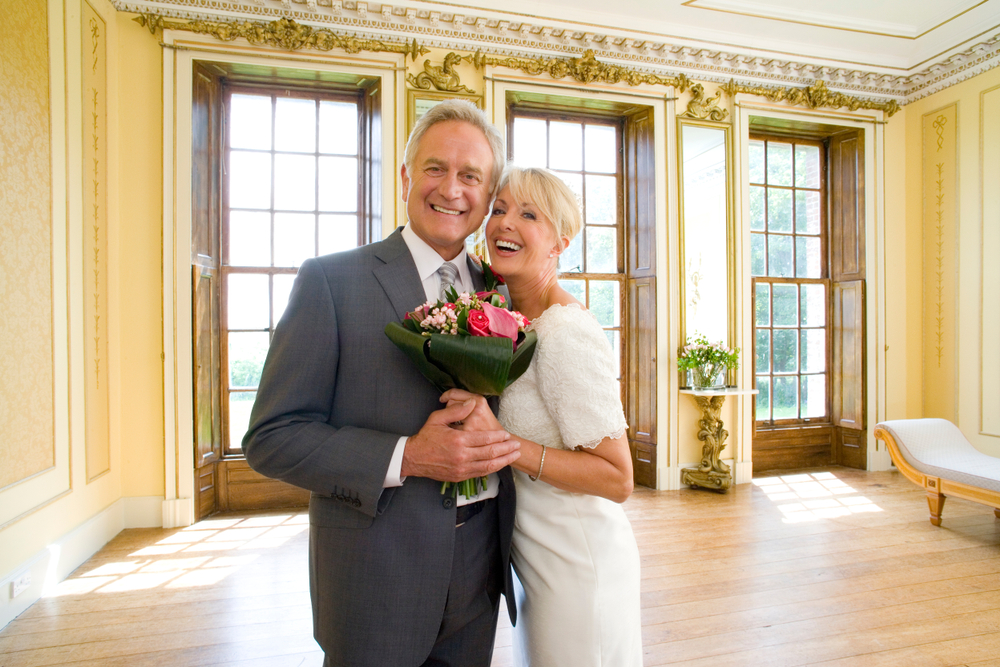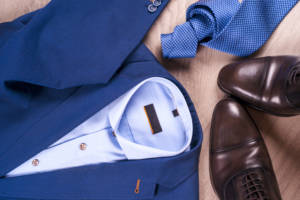
Many people have strong ideas about what their wedding day will look like. Details such as the venue, members of the wedding party, and the cake are critical and require early coordination and decision-making. This is also true for your attire. This is one of the most important events in a person’s life, and most Canadians want to recall the day fondly.
People marrying for a second (or third) time often have a different perspective on their nuptials this time around. Because you’ve walked down the aisle before, your thoughts on certain details may have changed between now and then. What might’ve been important the first time around may not matter as much. Still, it’s important that you’re able to look back on your second wedding day positively. Here are some thoughts about how you can show up for your next nuptials.
White Is All Right
In many cultures, white is a color that tends to be associated with weddings, especially as a bridal gown and sometimes as a groom’s tuxedo. In many societies, white is associated with concepts of purity and innocence, but that doesn’t mean you can’t wear it again. Your second nuptials should be everything you and your partner dream about. If that includes wearing white, wear your white and wear it well! White is a great color when it comes to comfort, practicality, and versatility. It works with almost any color or theme, and it never goes out of style.
Do You, Your Hue
Of course, if you want to ditch the white, that’s fine too. Some people associate it with doing something for the very first time. If you want to go a different way, now’s the time. Do you have a favorite color or a shade that works well with your skin? It’s your wedding and you can “throw a different shade.” Are you looking for inspiration? Think about when you’ll be tying the knot. The seasons or time of year are often good starting points for wedding apparel themes. Outdoor or daytime events lend themselves to off-white or pastel colors, but darker colors, jewel tones, and metallic shades will also work.
The Casual Approach To Attire
Whereas many weddings involve formal gowns and tuxedos, a second ceremony is a great opportunity to go casual. Prioritizing comfort over fashion is never the wrong move. Some reasons to ditch formal or semiformal wear include the following:
- Smaller budget
- Changes in body shape
- More low-key or less formal ceremony
- Outdoor event, particularly during the warmer months
- Comfort as priority
Your commitment to marriage isn’t dictated by what you wear, so feel free to abandon formalness.
The Attire Switch-Up
You may have found a bridal gown or tuxedo to be restricting the first time around. Even if you don’t go 100% casual, a second marriage ceremony is an ideal opportunity to turn traditional attire on its head. Instead of a white formal gown, you may consider a cocktail dress or pantsuit. You can also play with shape, opting for something asymmetrical or incorporating prints and patterns into your look.
Similarly, a few accessory substitutions can also put a nice spin on the look of a suit. Consider ditching neckwear and substituting casual or fashion sneakers for patent-leather soft shoes. Instead of wearing three-piece suits, abandon the coat and just go with a vest and dress shirt on top. There are so many substitutions that work for first and second ceremonies alike.
If love leads you down the aisle a second time, there’s no limit when it comes to your wedding outfit. Wear the colors, styles, and patterns that reflect who you are at this stage in life. Dress it up, dress it down. The only thing that matters is that this new ceremony is everything you and your spouse-to-be hoped for.



